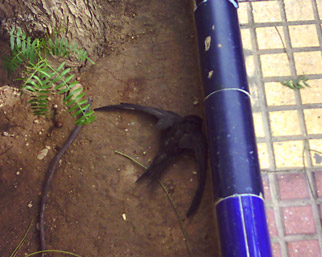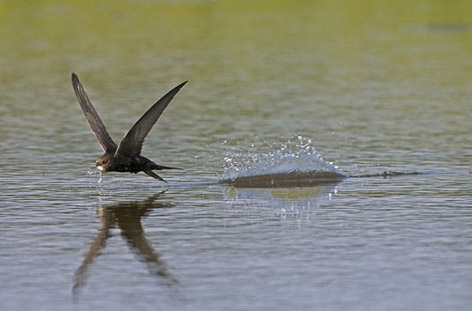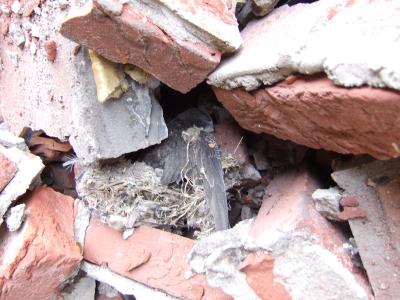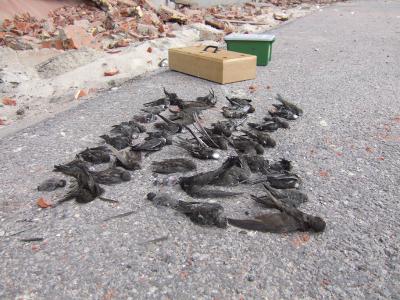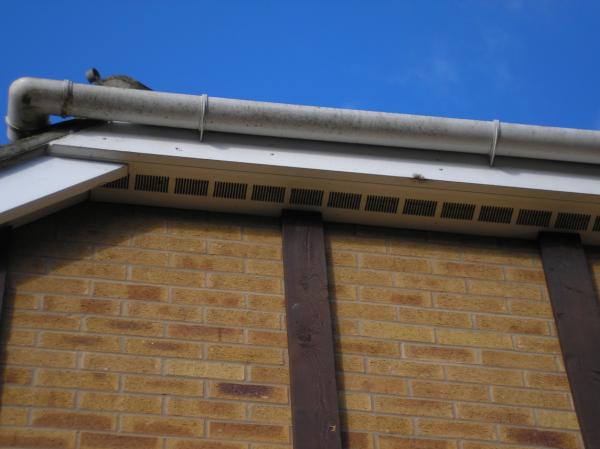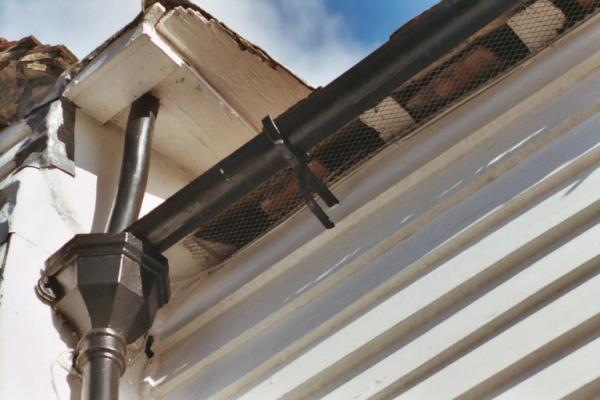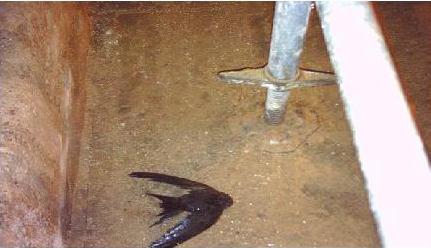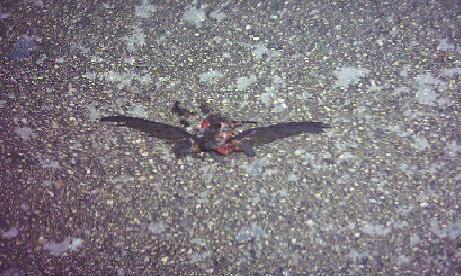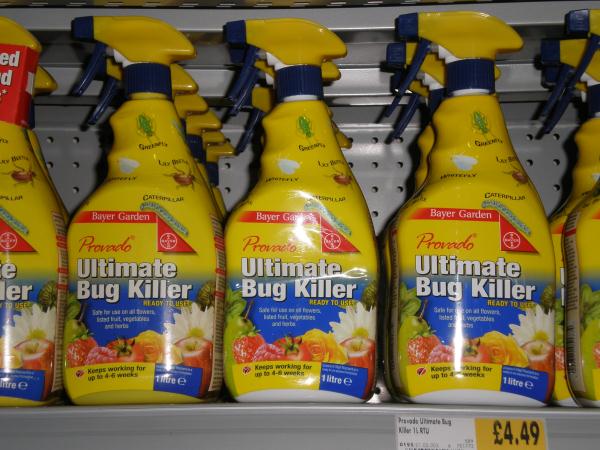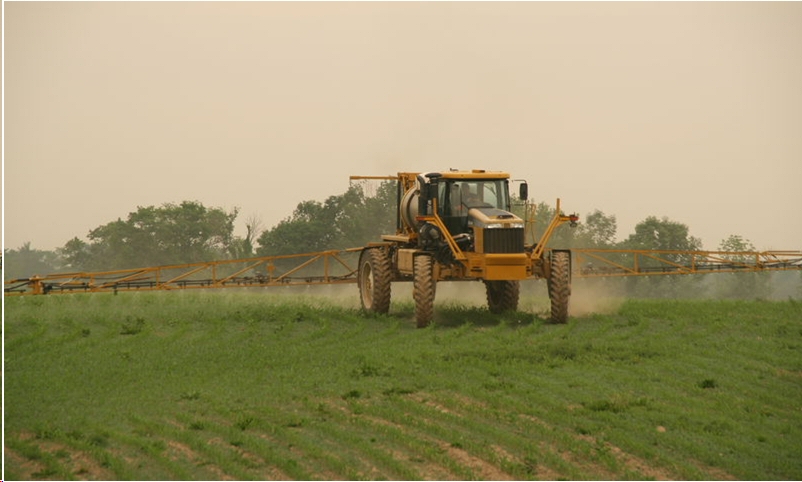 Swift Facts
Swift Facts
These stunning birds are in deep
trouble
Swifts are amazing, beautiful birds. Supreme aerialists, they spend almost all their life in the air, a
lot of that at low level, feeding on airborne insects, but we have personally seen them flying
at about 9000 feet (about 2743 metres). If they need to they can
fly twice that high; they have been observed migrating at 18,700
feet (5,700 metres) over Ladakh in the Himalayas. They feed,
drink, mate and sleep on the wing, and only land to breed. So a
young
Swift will spend its first two or three years in constant flight
before it nests. Because they never land on the ground, and are
so fast and so totally aerial, Swifts are very hard to study. There's
still an awful lot that we don't know about them, making them a
real Mystery Bird. See this article for more information:

|
|
|
|
A Swift lies dead in a street in Spain. Swifts are at risk when they try to reach their old nest places while building works are in progress, the cause of this bird's death. Photo © Jorge Sanz |
A Swift climbs away after skimming a pond for a quick drink, probably their only way to get water as they cannot perch to drink. Photo © Marc Guyt / www.agami.nl |
Swifts are in London for just three months each Summer, then they
migrate to Central and Southern Africa to spend our Winter there.
While they are with us they fill our Summer evenings with aerobatic, amazingly fast flight, elfin screams, daring and drama.
Since Roman times, Swifts have nested here in man-made buildings. Originally
cave, tree-hole and cliff nesters, they switched their nesting
to high man-made structures,
under tiles, in the eaves, in lofts, spires and towers.
|
|
|
|
A dead Swift, crushed on its nest when the warehouse it was nesting in was demolished. Illegal, but it happens all the time because no-one involved knows or cares enough to stop it. |
Dead Swifts, collected after a warehouse was demolished while they were nesting in it. Some surviving chicks were rescued, but the nest sites are now lost for ever. Photos © B Vogels |
Fully protected by UK and
EC laws (it is illegal to kill or harm them, to damage their nests or take their eggs) Swifts do no harm, make
little or no mess. They eat
flying insects such as aphids, flying ants, mosquitoes, hoverflies and small
beetles, catching huge numbers every day. The parent birds
also eat most of the chicks' droppings (possibly to recycle the mineral content);
there are no great piles of droppings beneath their nests.
Swifts nest almost only in pre-1944 buildings. While
10% of homes
built before 1919 can house Swifts, the figure for inter-war housing
is 7%, and for post-1944 housing only 1.4%. Post-2000 it is probably
nil. This is because the techniques and materials used in modern buildings
deny Swifts access to breed,
it's the same with refurbished or re-roofed older buildings.
|
|
|
| Modern loft ventilation grilles create Swift-proof eaves on this new house in St Neots, Cambridgeshire. This estate will never host Swifts. Photos © E Mayer |
An ancient timber house in Rye,Sussex, has its eaves netted to keep out birds. Why when Swifts have shared our roofs harmlessly for over 2000 years? |
We are
losing our Swifts fast! Between
1995 and 2016 we lost over half of all the Swifts breeding in the
United Kingdom. Why? There are five obvious causes. Large sums of money
have been given by the National Lottery to refurbish decaying historic
buildings, quite often sites for nesting Swifts. More significant in
terms of the numbers affected, since 1997 there has been a major
refurbishment of social housing, a popular place for nesting Swifts.
Demolition of old buildings is also a cause of nest site loss; the
replacement buildings invariably exclude Swifts. On top of all that, it
is now fashionable to convert old factories and warehouses into
apartments and offices, and they too were often prime Swift nesting
sites. These old buildings are always refubished or rebuilt to modern
standards, with sealed roofs and walls, and no space left for harmless,
beautiful and life-enhancing Swifts. Finally, insecticides. Most of the
UK's arable land is sprayed with insecticides. Some crops such as
oil-seed rape can be srpayed over 20 times per crop. Populations of
insects are declining very fast as a result. Some research speaks of
80% losses in recent years, and Swifts eat flying insects. There
appears to be no likely solution to that problem in even the long term
future.
|
|
|
|
Dead Swifts - These birds have tried and failed to get back into their nest sites, after they were blocked off by scaffolding and building wrapping. |
Stunned by repeated desperate attempts, they have fallen to the ground below, and on the left, drowned in a puddle, and on the right, been crushed by a vehicle. Photos © Jorge Sanz |
|
|
|
|
Insecticides kill insects. The result is less food for insectivorous birds like Swifts, House Martins, Swallows, Warblers, Cuckoos, Wagtails and Spotted Flycatchers, and poisons released to linger on in the environment. Eliminating large numbers of insects will eventually affect the other creatures further up the food chain, fish, reptiles, amphibians, and mammals, and may even cause serious problems for humans too. Photo © E Mayer |
Much of the UK's arable farm land is sprayed, often many times every growing season and now, even in winter too with insecticides, molluscides, fungicides and herbicides. The purpose is to eliminate crop pests, but the result is that wildlife exposed to these treatments may suffer directly or indirectly, either poisoned or finding its food resource gone. How long can we keep on doing this and still have any wildlife left at all? Photo courtesy of Wikipedia |
As well as Swifts,
many other birds are affected. The Swallow, House Martin, Sparrow and Starling have all
suffered population crashes.
They all rely on buildings for many of their nest places, they all
rely on insects and other invertebrates for their food.
The
last Government identified the profusion and richness of wild bird life
as one of its "Quality of Life Indicators". Local authorities are asked
to maintain and if possible enhance the biodiversity of their areas.
The London Borough of Camden has identified the Swift as a "Flagship
Species for the Built Environment", and is taking action to arrest its
decline. You can ask your local authority to do the same.
The decline of Swift populations can be halted, even reversed. Local authorities in Amsterdam,
Aylesbury, Basel, West Sussex and Zurich have
taken action to maintain their populations of these dramatic birds.
If they can do it, so can you!
Making a place for Swifts costs little. Swifts will use DIY or
commercially available nest boxes, built in nest bricks and trays which
can be installed into old or new buildings. This doesn't imperil the
structure, preserves the birds from extinction, and contributes much to
our environment and quality of life.
Architects, Local Authorities, Developers and Builders have a special
responsibility to protect the natural world, and Swifts come high on
the list of vulnerable species their work may endanger. Minor low-cost coordinated
initiatives in design and building will ensure that Swifts still fly in
our skies and in our children's skies too.
